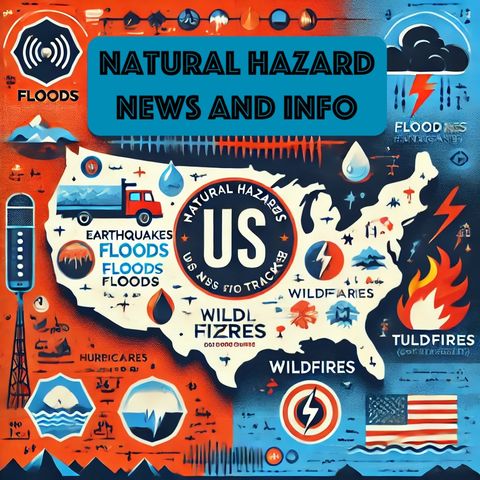Coastal Resilience in Jeopardy: San Francisco Bay's Sediment Challenges

Download and listen anywhere
Download your favorite episodes and enjoy them, wherever you are! Sign up or log in now to access offline listening.
Coastal Resilience in Jeopardy: San Francisco Bay's Sediment Challenges
This is an automatically generated transcript. Please note that complete accuracy is not guaranteed.
Description
San Francisco Bay's coastal communities face significant challenges from rising sea levels and human activities like sediment extraction. As sea levels continue to accelerate, understanding the sources and movement of...
show moreEstuaries, where freshwater from rivers mixes with seawater, are dynamic environments sensitive to changes in sediment supply. Historically, natural processes have maintained a balance, replenishing shorelines and wetlands. However, increased human intervention has disrupted these processes. Sediment extraction for construction and other activities, along with infrastructure development, has significantly altered the natural sediment transport mechanisms.
San Francisco Bay is particularly vulnerable due to its extensive urbanization and the critical role its wetlands play in coastal defense. Wetlands act as natural buffers, reducing the impact of storm surges and providing critical habitats for diverse species. The sediment that feeds these wetlands originates from upstream rivers, coastal erosion, and even the ocean itself. However, the damming of rivers, dredging activities, and waterfront construction have reduced sediment flow, causing erosion and the loss of vital wetland areas.
Scientific studies indicate that sediment retention structures, such as dams, trap sediments that would otherwise replenish coastal areas. Consequently, the natural replenishment processes are disrupted, leading to increased vulnerability to erosion. Furthermore, the extraction of sand and gravel for construction, known as sediment mining, exacerbates the problem by directly removing materials that would otherwise contribute to shoreline stability.
As sea levels rise, the frequency and intensity of coastal flooding are expected to increase. The Intergovernmental Panel on Climate Change (IPCC) projects a substantial rise in sea levels by the end of the century. Without sufficient sediment to buffer these changes, coastal areas like San Francisco Bay will face increased flooding, threatening infrastructure, ecosystems, and communities.
To address these challenges, it is imperative to develop comprehensive management strategies that consider the entire sediment budget of estuaries. This involves understanding not just where sediment comes from, but also how it moves and settles. Restoring natural sediment transport processes by modifying dam operations, reducing sediment extraction, and employing nature-based solutions like marsh restoration can help to rebuild and maintain essential coastal features.
Innovative approaches, such as using dredged material to rebuild wetlands, are already being explored. For instance, placing clean dredged sediment in areas needing elevation gain can help restore wetland surfaces and enhance their flood protection capabilities. Furthermore, policies that promote sediment-friendly practices in upstream areas, such as riverbank stabilization and erosion control measures, can contribute to a more sustainable sediment supply for downstream estuaries.
In conclusion, the combined pressures of sea-level rise and anthropogenic activities are reshaping the sediment dynamics in San Francisco Bay, posing significant risks to its coastal communities. A better understanding of sediment sources and transport pathways, along with adaptive management strategies, is essential to ensure the resilience of these vital ecosystems and the protection of the communities that depend on them.
Information
| Author | QP-4 |
| Organization | William Corbin |
| Website | - |
| Tags |
Copyright 2024 - Spreaker Inc. an iHeartMedia Company
